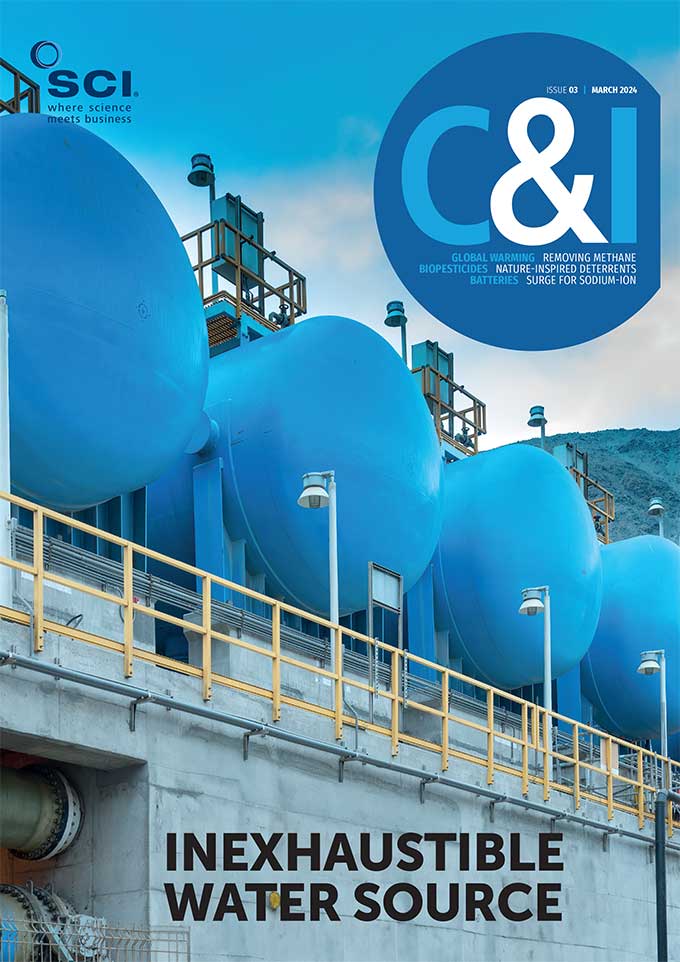BY LEDETTA ASFA-WOSSEN | 15 MARCH 2024 | IMAGE: MAY NYMAN, OSU COLLEGE OF SCIENCE
Vanadium could help remove carbon dioxide from the atmosphere by working as a ‘carbon scrubbing tool’, say scientists at Oregon State University (OSU), US.
The study (Chemical Science, doi: 10.1039/D3SC05381D) forms part of a $24m US government initiative to develop new methods for direct air capture (DAC) of carbon dioxide caused by the burning of fossil fuels.
‘Direct air capture is an attempt to decrease legacy CO2 levels. It works by grabbing the CO2 in ambient atmosphere in order to lower global levels,’ explains OSU’s May Nyman.
The team used vanadium, peroxide, and alkali cations including potassium, rubidium and caesium to form vanadium peroxide materials, and found they work well together for optimum removal of CO2.
‘A challenge of DAC is finding molecules or materials that are selective enough to outcompete other reactions with more abundant air molecules, such as reactions with atmospheric water ie humidity,’ explains Nyman.
‘Vanadium is already an industrially-used element; mainly in steel. It has similar abundance as boron, which is in glass. The formation may be scalable too. It does not require heating, rather cooling, which would likely be the biggest challenge.’
Another valuable characteristic of vanadium is that it allows for the comparatively low release temperature of about 200°C for the captured CO2, compared with almost 700°C when bonded to some other metals used for carbon capture, such as potassium, lithium or sodium.
‘Being able to re-release the captured CO2 enables re-use of the carbon capture materials, and the lower the temperature required for doing that, the less energy that’s needed and the smaller the cost,’ she adds.
Direct air capture technologies that extract CO2 directly from the atmosphere at any location have become more prominent in recent years, although less established than carbon capture, which is generally carried out at the point of emissions.
Peter Clark, head of chemistry & industrial biotechnology at Innovate UK Business Connect, notes developments in carbon capture and DAC have been rife across the pond too.
‘In the UK, we’ve seen some strong co-investments in recent years from the public and private sector in carbon capture, storage and utilisation. Examples include the Department for Energy Security and Net Zero CCUS Innovation Programme, Flue2Chem (funded under the UKRI Foundation Industries Programme and delivered by Innovate UK) and the Carbon Neutral Fuels project funded by Department for Transport to produce sustainable aviation fuel via DAC.
‘The findings from Oregon State University about their vanadium peroxide DAC process are exciting and I look forward to seeing how the techno- economics of the process compare with other DAC approaches as and when they start to scale-up.’
While Nyman agrees prevention is best when it comes to reducing the impact of greenhouse gasses, the team believes this work contributes to wider efforts to reduce climate change. The findings also advance understanding of how reactions work, paving the way for more effective and precise CO2 removal.
The team is now testing the use of other metal peroxides that could offer high performance at lower cost.




